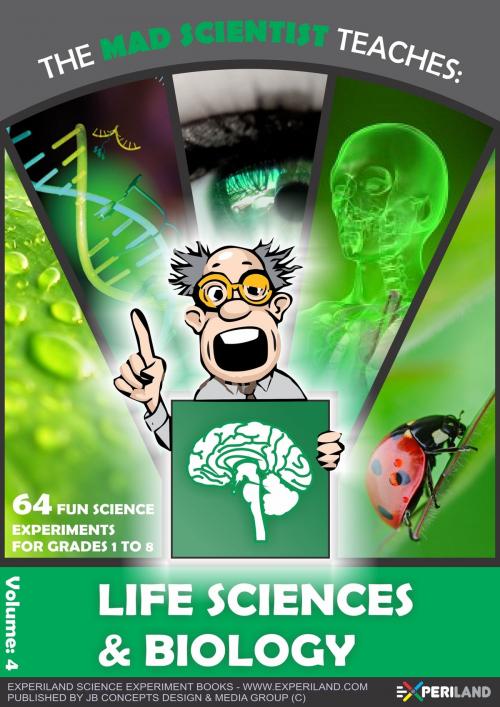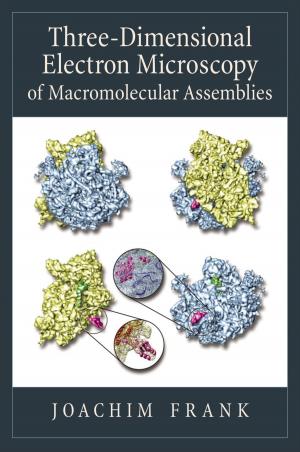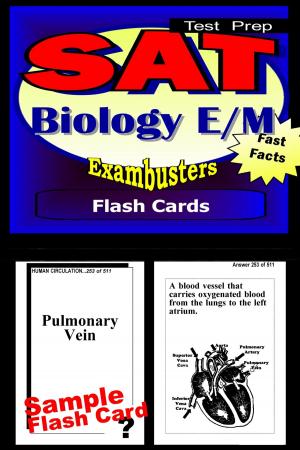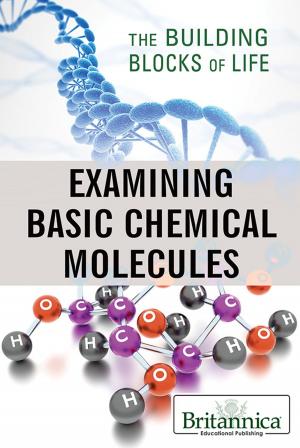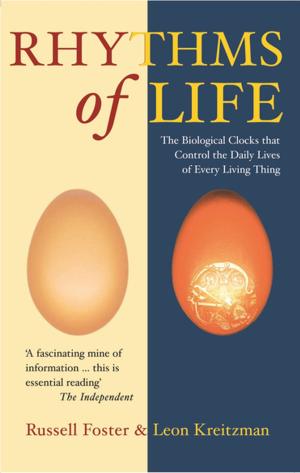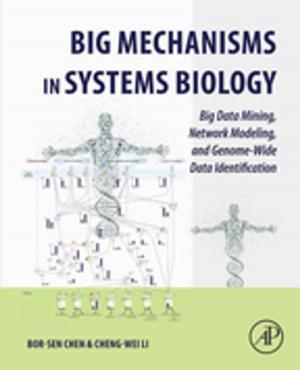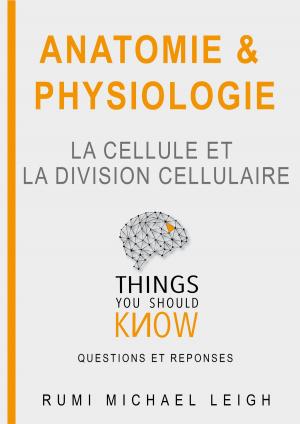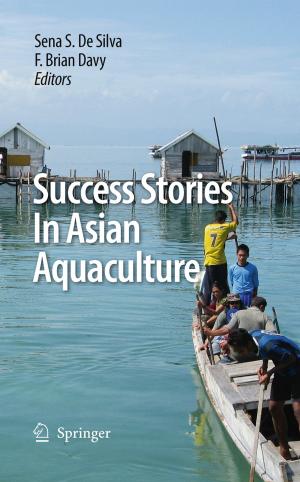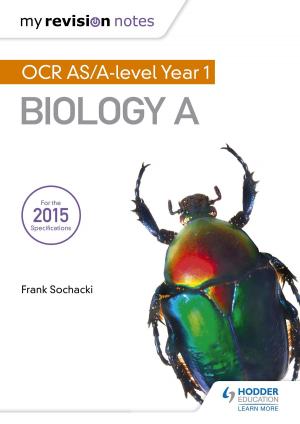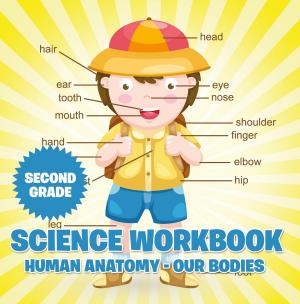The Mad Scientist Teaches: Life science - 64 Fun Science Experiments for Grades 1 to 8
Kids, Natural World, Experiments and Projects, Biology| Author: | JB Concepts Media | ISBN: | 9781311668400 |
| Publisher: | JB Concepts Media | Publication: | January 21, 2017 |
| Imprint: | Smashwords Edition | Language: | English |
| Author: | JB Concepts Media |
| ISBN: | 9781311668400 |
| Publisher: | JB Concepts Media |
| Publication: | January 21, 2017 |
| Imprint: | Smashwords Edition |
| Language: | English |
Life science, also known as ‘biology’, consists of all fields of science that involve the scientific study of living organisms like plants, animals, and human beings and their vital processes. Life is all around us; from gigantic whales that live in the oceans, to tiny germs that crawl around on your computer keyboard, Life Science explores the origins, evolution and expansion of life in all its forms. Biologists learn how living things work, how they interact with one another, and how they evolve.
The 64 projects contained in this science experiment e-book cover a wide range of Life Science topics; from Botany & Zoology to Human anatomy & Ecology… there are even experiments on mycology and entomology all designed for young students from grade 1 to 8! With this book, you are sure to find a project that interests you. When you are interested in a certain science topic, you will have more fun, and learn more, too!
With the help of this book, you will construct many weird, wonderful and wacky experiments that you can have hours of fun with! Amongst many others, you will grow plants in your own hydroponic garden, study how the amount of leaves affects the growth of a plant to learn about photosynthesis, colour a white flower with food colorant to experiment with capillary action, and create a device to see how much air can your lungs can hold!
Other fun experiments include: Mummifying an orange, studying if green plants produce oxygen faster in stronger sunlight, testing if ‘Vitamin E’ can slow down the aging process, grafting two separate types of plants together, using ordinary household items as food preservatives, testing how much Vitamin C is in fruit juice, building your own biosphere, studying how ants communicate to find their food, making a box trap to capture nocturnal insects, mapping the positions of tastes of you tongue, testing your friends reflexes with the knee-reflex test, making a device for listening to your heart, making a Snellen chart to test your friends’ eyesight, a Von Frey device, a colourful fungus garden, a Hummingbird feeder and many, many more! When making these gadgets, you’ll discover that science is a part of every object in our daily lives, and who knows, maybe someday you will become a famous inventor too!
Science can be real simple and is actually only about understanding the world you live in! Science certainly does not need to be complicated formulas, heavy text books and geeky guys in white lab coats with thick glasses. Science experiments are an awesome part of science that allows you to engage in cool and exciting hands on learning experiences that you are sure to enjoy and remember! By working through the science experiments in this book, you will learn about science in the best possible way – by doing things yourself.
Designed with safety in mind, most of the items you will need for the experiments, such as jars, aluminium foil, scissors and sticky tape, you can find around your home. Others, such as magnets, lenses or a compass, you will be able to buy quite cheaply at a hobby shop or hardware store.
Life science, also known as ‘biology’, consists of all fields of science that involve the scientific study of living organisms like plants, animals, and human beings and their vital processes. Life is all around us; from gigantic whales that live in the oceans, to tiny germs that crawl around on your computer keyboard, Life Science explores the origins, evolution and expansion of life in all its forms. Biologists learn how living things work, how they interact with one another, and how they evolve.
The 64 projects contained in this science experiment e-book cover a wide range of Life Science topics; from Botany & Zoology to Human anatomy & Ecology… there are even experiments on mycology and entomology all designed for young students from grade 1 to 8! With this book, you are sure to find a project that interests you. When you are interested in a certain science topic, you will have more fun, and learn more, too!
With the help of this book, you will construct many weird, wonderful and wacky experiments that you can have hours of fun with! Amongst many others, you will grow plants in your own hydroponic garden, study how the amount of leaves affects the growth of a plant to learn about photosynthesis, colour a white flower with food colorant to experiment with capillary action, and create a device to see how much air can your lungs can hold!
Other fun experiments include: Mummifying an orange, studying if green plants produce oxygen faster in stronger sunlight, testing if ‘Vitamin E’ can slow down the aging process, grafting two separate types of plants together, using ordinary household items as food preservatives, testing how much Vitamin C is in fruit juice, building your own biosphere, studying how ants communicate to find their food, making a box trap to capture nocturnal insects, mapping the positions of tastes of you tongue, testing your friends reflexes with the knee-reflex test, making a device for listening to your heart, making a Snellen chart to test your friends’ eyesight, a Von Frey device, a colourful fungus garden, a Hummingbird feeder and many, many more! When making these gadgets, you’ll discover that science is a part of every object in our daily lives, and who knows, maybe someday you will become a famous inventor too!
Science can be real simple and is actually only about understanding the world you live in! Science certainly does not need to be complicated formulas, heavy text books and geeky guys in white lab coats with thick glasses. Science experiments are an awesome part of science that allows you to engage in cool and exciting hands on learning experiences that you are sure to enjoy and remember! By working through the science experiments in this book, you will learn about science in the best possible way – by doing things yourself.
Designed with safety in mind, most of the items you will need for the experiments, such as jars, aluminium foil, scissors and sticky tape, you can find around your home. Others, such as magnets, lenses or a compass, you will be able to buy quite cheaply at a hobby shop or hardware store.
